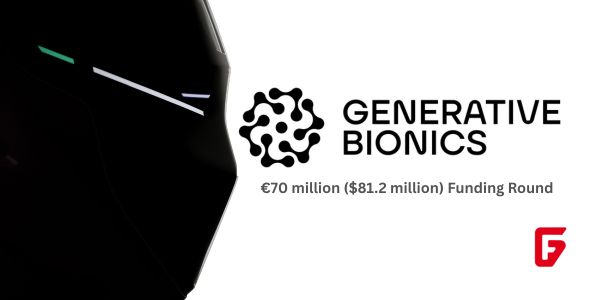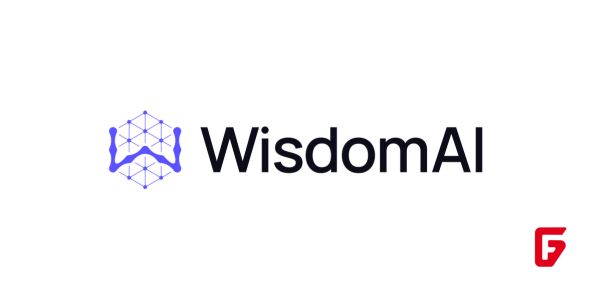OpenArt’s new one-click story tool turns text, scripts, or songs into one-minute, ready-to-post videos with motion, music, and narrative.
Three templates—Character Vlog, Music Video, Explainer—streamline short-form production; scene-by-scene edits keep control in the creator’s hands.
Rapid adoption: millions of monthly users and a credit-based subscription model; expansion plans include multi-character interactions and mobile.
Legal risk looms as studios escalate IP lawsuits against AI generators; OpenArt says it filters known characters, though some slips still occur.

Lower friction, higher iterations: removing prompt-engineering gymnastics expands the creator base and speeds the “idea → publish” loop.
Format-native results: the templates map cleanly to how people already consume short video—narratives that resolve in under a minute.
Model liquidity: coordinating multiple leading models behind one interface gives users quality without model roulette.
Intellectual property risk: The same ease that enables fast storytelling can also tempt users to generate content with recognizable, protected characters. OpenArt says its filters try to block that, but edge cases slip through. Meanwhile, Hollywood is escalating: Disney and Universal have sued AI generators over outputs mimicking their IP—a sign that enforcement is shifting from rhetoric to courtrooms. If you publish, the liability may follow the user, not just the platform. Stay original.
Commoditization pressure: As one-click pipelines proliferate, differentiation shifts from technical capability to taste—concepts, characters, pacing, and voice. Tools converge; creators diverge.
Speed becomes strategy: When production cycles collapse from days to minutes, the moat is your editorial sensibility—your recurring characters, story “formats,” and a recognizable style that audiences can spot in two seconds.
“One-minute arcs” are the new minimum viable narrative: Opening hook, character intention, complication, resolution. Even explainer videos benefit when framed as micro-stories rather than info dumps.
Compliance is a workflow, not an afterthought: Build prompts and brand assets around original characters, distinct visual motifs, and licensed audio. Treat IP filters as a guardrail, not a permission slip.
Input: a sentence, script, or song; optionally upload a character image.
Select a template: Character Vlog, Music Video, or Explainer.
Generate: the system composes multi-scene video with motion, sound, and a narrative spine.
Refine: use the storyboard to edit individual scenes—tweak prompts, pacing, or visuals—then export.
Adoption: OpenArt reports millions of monthly active users and a credit-based subscription lineup, a sign this isn’t just a demo—people are paying to publish.
Roadmap: Multi-character interactions and a mobile app are on deck, which could push the product from “creation tool” to a full mobile-first workflow. Expect better lip-sync, camera control, and character dialogue as the stack matures.
Market context: As lawsuits test the boundaries of training data and outputs, expect platforms to harden filters and offer clearer “safe lanes” for commercial use. The winners will balance frictionless creation with trustworthy compliance.
Develop original IP: nameable characters, signature color palettes, repeatable worlds. Treat your shorts like a serialized universe.
Keep a prompt library: version your best-performing stories and iterate systematically rather than starting cold every time.
Document rights: track your inputs (text, images, audio), use licensed assets, and keep receipts. If you collaborate, contract clearly around ownership and usage.
Pilot in public, package later: use the speed to test premises quickly on Shorts/Reels; scale hits into multi-part series or long-form.

Editorial Team
futureTEKnow is a leading source for Technology, Startups, and Business News, spotlighting the most innovative companies and breakthrough trends in emerging tech sectors like Artificial Intelligence (AI), Robotics, and the Space Industry.
Discover the companies and startups shaping tomorrow — explore the future of technology today.

Generative Bionics, an Italian spin-out from IIT, is building Physical AI–powered humanoid robots to tackle labor gaps and modernize industrial

This article explores 10 AI-driven supply chain optimization companies to watch in 2026, highlighting how their platforms improve forecasting, logistics,

AWS frontier agents introduce a new era of autonomous AI coders that can build, secure, and run applications for days

Explore the cutting-edge ways AI is enhancing Lean Six Sigma, from real-time process insights to predictive controls, ushering in a

Facing supply chain challenges in 2025? High-performing teams leverage AI for risk management, demand forecasting, supplier analytics, and end-to-end visibility

Craft an AI-powered supply chain Center of Excellence that unifies control tower visibility, analytics, and inventory optimization into one strategic

Supply chain leadership is being redefined by AI, intelligent automation, and agentic decision-making, demanding leaders who can engineer end-to-end intelligence

WisdomAI has closed a $50M Series A led by Kleiner Perkins and Nvidia’s NVentures to turn fragmented enterprise data into

Dutch agri-tech startup Saia Agrobotics has raised €10M to expand its greenhouse automation system using AI-powered robots that make farming

Bridgit Mendler’s Northwood Space is pioneering mass-produced ground stations, enabling scalable, high-speed connectivity for the new era of satellite networks

SpaceX aims to nearly double launches from Vandenberg in 2025, facing support from federal agencies but strong objections from the

Traditional Medicare will pilot AI-assisted prior authorization in 2026 across six states, focusing on high-risk outpatient services. Clinicians retain final